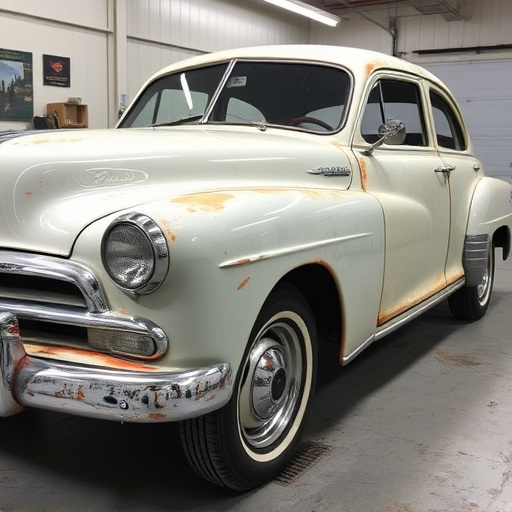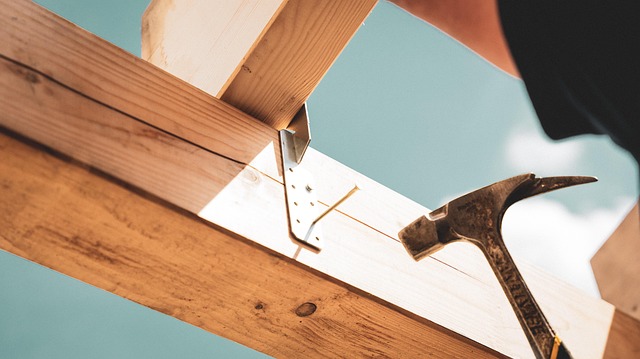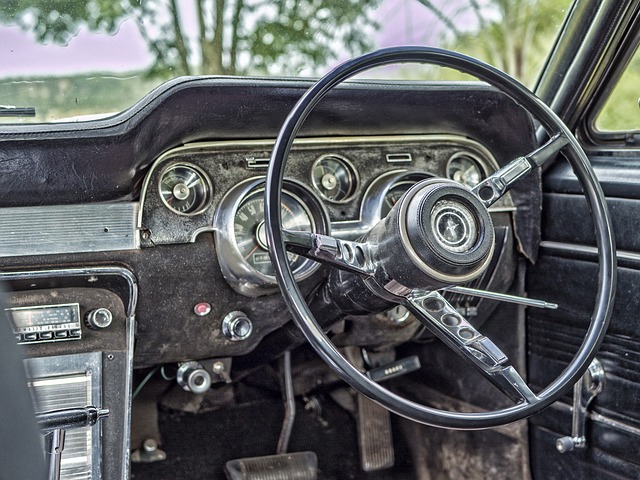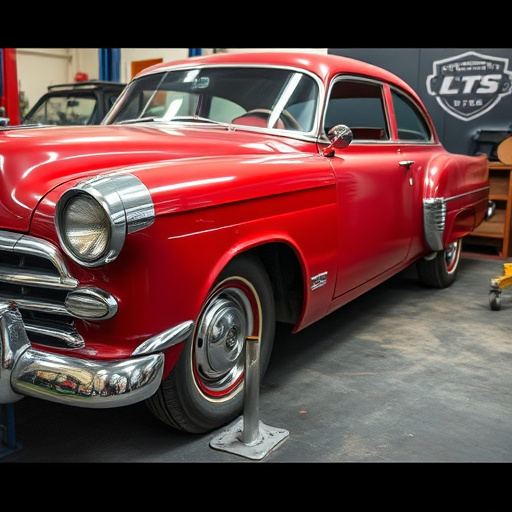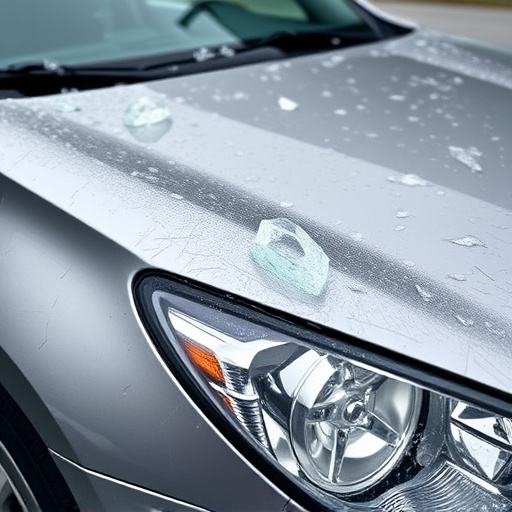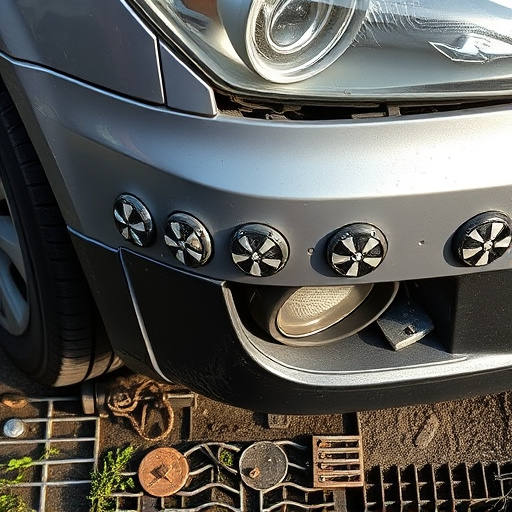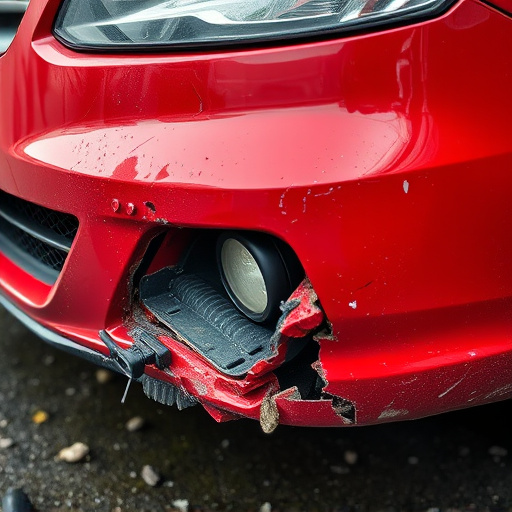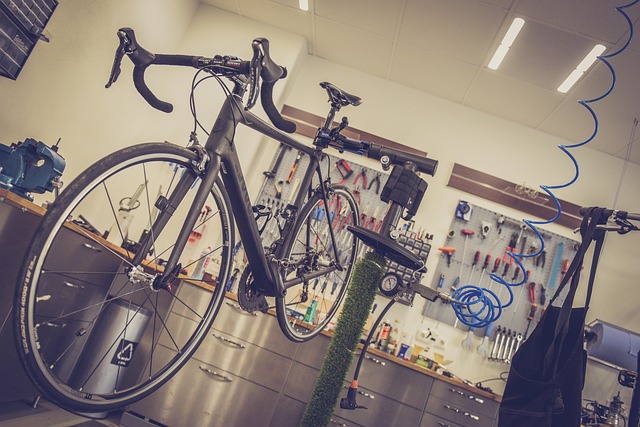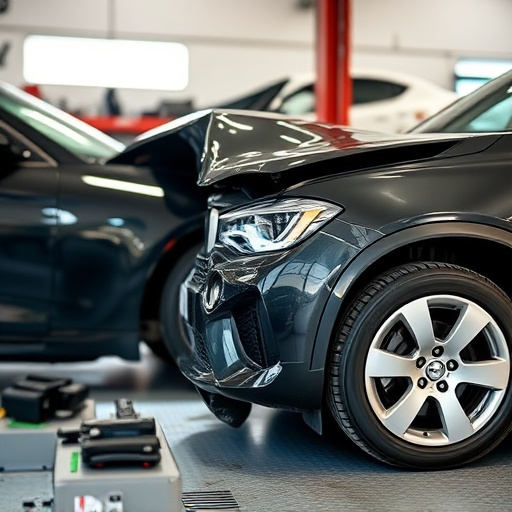Meticulous detailing after a collision is vital for restoring vehicles' aesthetic and structural integrity. Skilled technicians use advanced techniques like paintless dent repair to minimize extensive repainting. Effective training involves preparing materials and environment, using detailed guides, videos, step-by-step manuals, car bodies or replicas, and logic workstation setup. Hands-on practical training enhances learning engagement, enabling staff to assess damage, select tools, and develop confidence in diverse detailing scenarios.
Training staff for effective detailing after a collision is paramount for maintaining vehicle value and customer satisfaction. This comprehensive guide breaks down the process into three key stages: understanding the importance of meticulous post-collision detailing, preparing a training environment rich with resources, and employing hands-on techniques to hone skills. By adhering to these steps, you equip your team with the knowledge and expertise necessary to restore vehicles to their pre-accident condition.
- Understand The Importance of Detailing After Collision
- Prepare Training Materials and Environment
- Implement Hands-On Training Techniques
Understand The Importance of Detailing After Collision
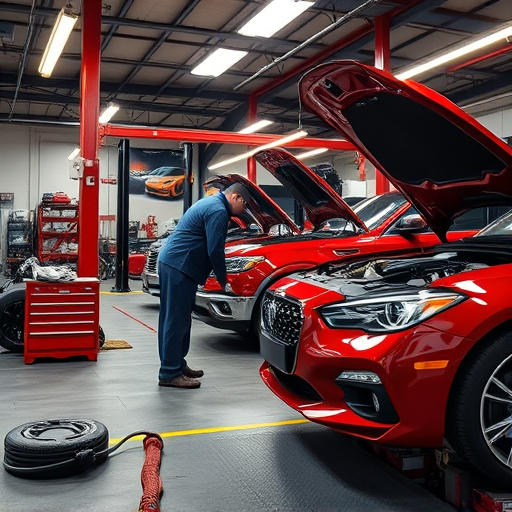
In the chaotic aftermath of a collision, meticulous detailing becomes an indispensable step in the restoration process. It’s more than just cleaning; it’s about restoring both the aesthetic and structural integrity of a vehicle. Effective detailing after a collision isn’t merely for cosmetic purposes—it plays a crucial role in ensuring the safety and value of the car. Skilled technicians employ advanced techniques like paintless dent repair to address dings, dents, and scratches, minimizing the need for extensive repainting.
This meticulous process not only enhances the vehicle’s appearance but also prevents potential long-term damage. By addressing issues early through car paint services, including dent removal, detailers prevent further deterioration that could impact the overall quality of repairs. It’s a proactive approach that recognizes the significant cost and emotional investment associated with vehicles, ensuring they return to their pre-collision condition or even surpass it.
Prepare Training Materials and Environment
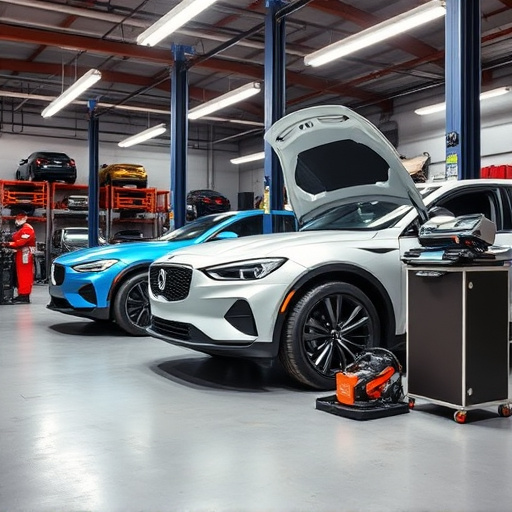
To ensure effective training for detailing after a collision, meticulously prepare both the materials and the environment. Start by gathering high-quality resources, including detailed guides, videos, and step-by-step manuals focusing on various aspects of car bodywork repair and restoration. These should cover everything from assessing damage to applying finishes, with a specific emphasis on restoring vehicles like Mercedes-Benz models commonly seen in collision repair shops.
The training area itself should mimic a professional shop setting as closely as possible. Set up workstations equipped with the necessary tools and materials, arranging them logically to facilitate smooth workflow. Consider using actual car bodies or precise replicas for hands-on practice, ensuring students gain practical experience on authentic surfaces. A well-prepared environment not only makes learning more engaging but also prepares staff for the real-life demands of detailing after a collision.
Implement Hands-On Training Techniques
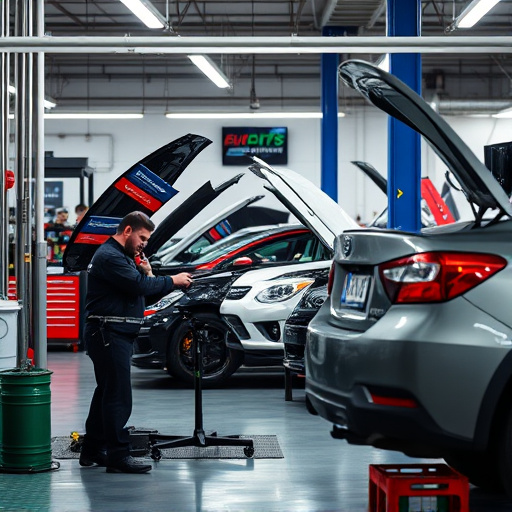
Practical, hands-on training is an indispensable component when teaching staff how to perform effective detailing after a collision. This immersive approach allows them to gain real-world experience and develop their skills in a controlled environment. By providing each trainee with access to damaged vehicles, they can learn to assess the extent of the damage, select the appropriate detailing tools and techniques, and practice repairing scratches, dents, and other cosmetic issues.
Hands-on training also facilitates an understanding of the intricate processes involved in car body repair and vehicle body repair. Trainees can experiment with different car paint services, learning how to match colors, apply coatings, and achieve a flawless finish. This direct engagement not only enhances their technical proficiency but also instills confidence in handling various detailing scenarios, ensuring that they are well-prepared to tackle real-world challenges related to detailing after collision.
Training staff in effective detailing after collision is a key step towards ensuring quality repair work and customer satisfaction. By understanding the importance of this process, preparing a suitable training environment, and employing hands-on techniques, you equip your team with the skills needed to deliver top-notch detailing results. Remember, proper detailing not only enhances the aesthetics of vehicles but also plays a crucial role in their overall value and resale potential, making it an indispensable skill for any automotive repair facility.


